SUMMARY
This is AI generated summarization, which may have errors. For context, always refer to the full article.
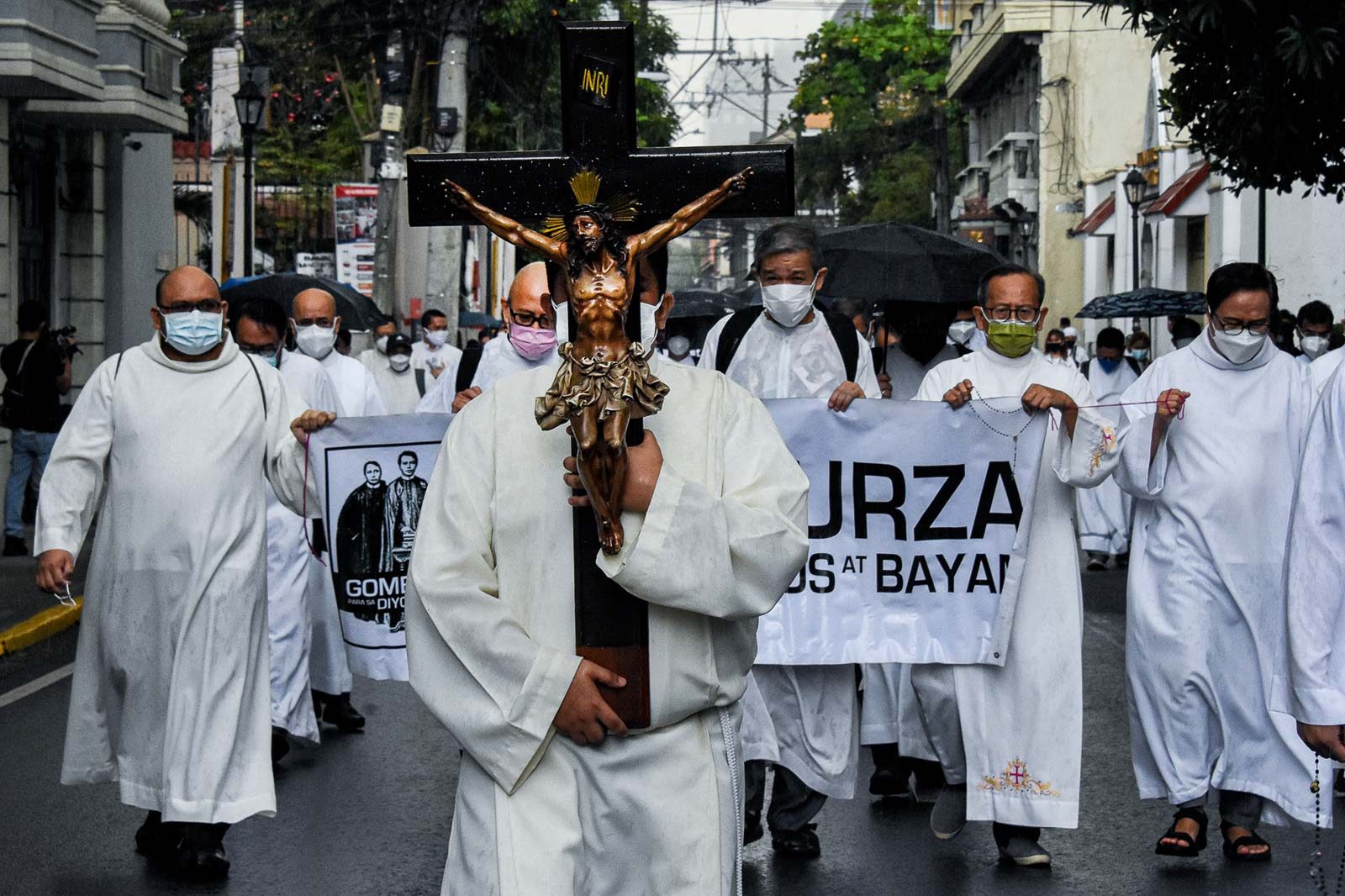
MANILA, Philippines – Priests from the Archdiocese of Manila and lay Catholics held a penitential walk on Thursday, February 17, to commemorate the 150th anniversary of the martyrdom of Filipino priests Mariano Gomez, Jose Burgos, and Jacinto Zamora, collectively known as “Gomburza.”
Around 300 clergymen joined the “alay lakad,” which was also dedicated to pray for voters for the upcoming May elections. In a release, the Manila archdiocese said they hold the penitential walk to magnify their message, “Maka-Diyos kaya Makabayan” (Pro-God that’s why pro-Philippines).

“We say ‘Maka-Diyos kaya Makabayan’ because, as the Social Doctrine of the Church reminds us, it is the duty of every Christian to take part in building and renewing the nation, giving the best of ourselves in the service of common good,” the Archdiocese of Manila said.
Relating to the sacrifice of the three martyred priests, the Manila archdiocese explained that heroism comes from holiness.
“We also do not say “Maka-Diyos at Makabayan” because love of country is not mere addendum that is juxtaposed to love of God. Rather, we say “Maka-Diyos kaya Makabayan” because true heroism is borne of holiness, and true holiness issues into service for justice,” the archdiocese added.
For the upcoming national and local elections, the members of the clergy particularly pray for the voters to become “Maka-Diyos kaya Makabayan.”
“We particularly pray for our people as we choose our next leaders this coming May. We ask our fellow Filipinos to be ‘maka-Diyos kaya Makabayan,’ to discern their choice well and prefer leaders who embody and promote the values of the Kingdom of God,” the Archdiocese of Manila said.
The penitential walk started with a mass at the Manila Cathedral in Intramuros led by Manila Archbishop Jose Cardinal Advincula. After the eucharistic celebration, the clergymen and lay Catholics started walking from Intramuros to the Gomburza memorial marker in Luneta.
During the walk, the participants offered a silent prayer and were encouraged to pray the holy rosary. In the Gomburza memorial marker, the clergymen offered prayers and flowers.

Novaliches Bishop Emeritus Teodoro Bacani Jr. led the ceremony in Luneta. After the ceremony in Luneta, the clergymen and lay Catholics proceeded to the Archdiocesan Shrine of Nuestra Señora de Guia in Ermita, Manila for the closing ceremony.
Gomburza and nationalism
During the online stream of the penitential walk, the Archdiocese of Manila invited historian Xiao Chua to provide historical background of the three martyred priests. Among the points Chua discussed was the discrimination among Filipino priests under the Spanish rule.

Since Filipinos were considered “Indios,” Filipinos were discouraged from entering priesthood, said Chua. Fathers Mariano Gomez, Jose Burgos, and Jacinto Zamora used their positions to fight for fellow priests, but were later falsely accused of committing crimes against the Spanish government.
The false accusation brought the three innocent priests a punishment of death. They were executed through “garrote” or neck breaking by tightening metal collars. Jose Rizal would later dedicate his second novel “El Filibusterismo” to the memory of the three martyrs.

Another interesting detail Chua highlighted was the resistance of the Church during the execution of Gomburza. According to Chua, then Governor General Rafael Izquierdo ordered the removal of the “abito” or religious habit of the Gomburza before their execution, but some Church officials resisted.
Izquierdo wanted to remove the religious habit of the martyred priests so they would not die as priests. The Church did not follow the order and instead rang the bells of different Churches to mourn and honor Gomburza’s martyrdom. – Rappler.com
Add a comment
How does this make you feel?
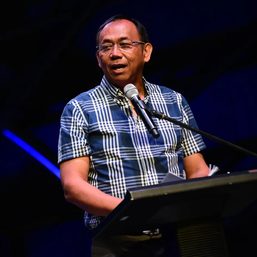
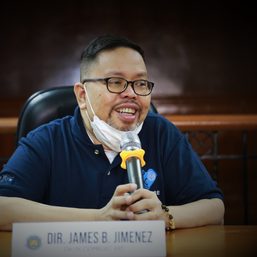
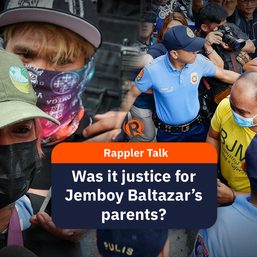
![[New School] Tama na kayo](https://www.rappler.com/tachyon/2024/02/new-school-tama-na-kayo-feb-6-2024.jpg?resize=257%2C257&crop=290px%2C0px%2C720px%2C720px)
![[Only IN Hollywood] After a thousand cuts, and so it begins for Ramona Diaz and Maria Ressa](https://www.rappler.com/tachyon/2024/02/Leni-18.jpg?resize=257%2C257&crop=262px%2C0px%2C720px%2C720px)


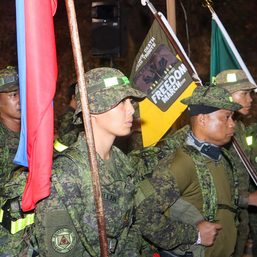
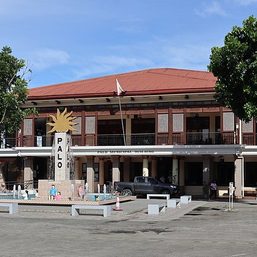

There are no comments yet. Add your comment to start the conversation.